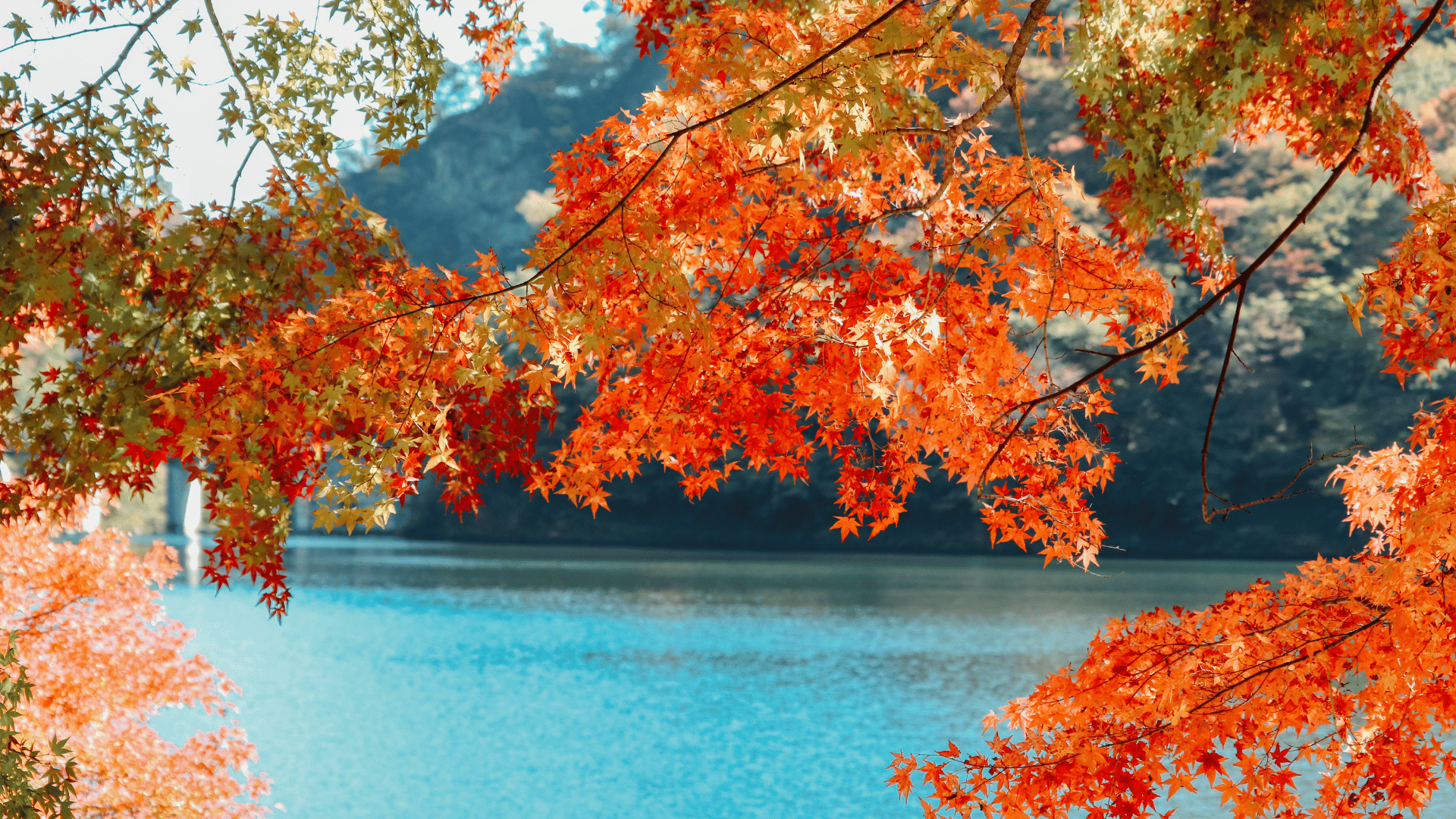
From Sakura to Momiji: A Seasonal Guide to Exploring Japan
There’s something different to experience across every season in Japan.
There are few places in the world where you can distinctly see, feel and even taste the changing of the seasons as vividly as Japan. The red-tinted autumn foliage gives way to powdery snow, before soft clouds of cherry blossoms make way for colourful festivals.
For the best seasonal experiences, we recommend escaping the bigger cities for more regional pockets, where you really can get lost in nature.
From hiking in national parks and swishing down ski slopes to cycling around Japan’s largest lake and marvelling at festival floats, we’ve pulled together some of the most standout experiences for each season.
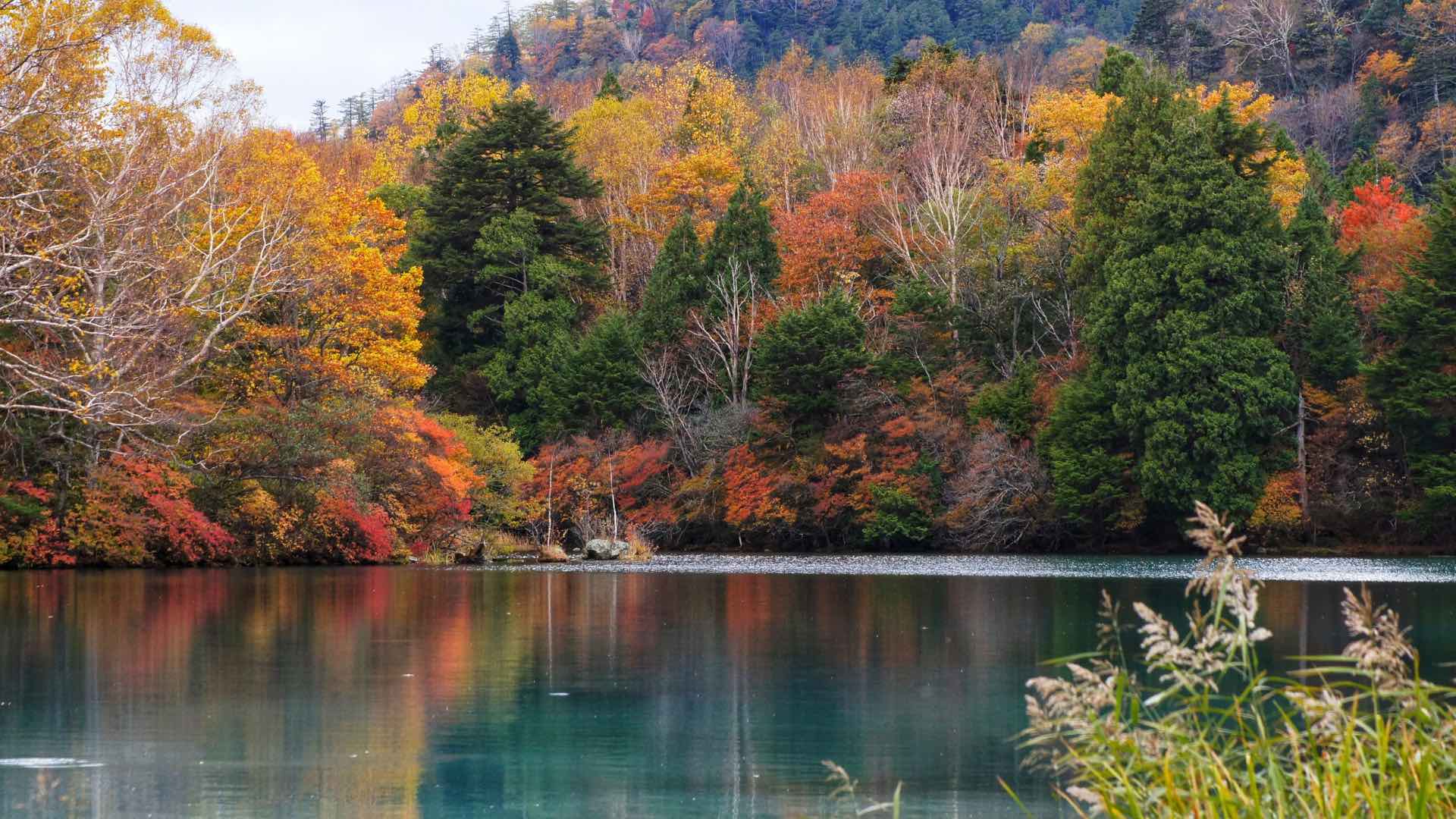
Autumn
Sakura (cherry blossoms) have their moment, but colourful momiji (maple leaves) are not to be overlooked. As trees transform into masses of red and yellow and the temperature starts to drop, it’s the perfect time to pull out your hiking boots and get lost in the seasonal beauty of regional Japan.
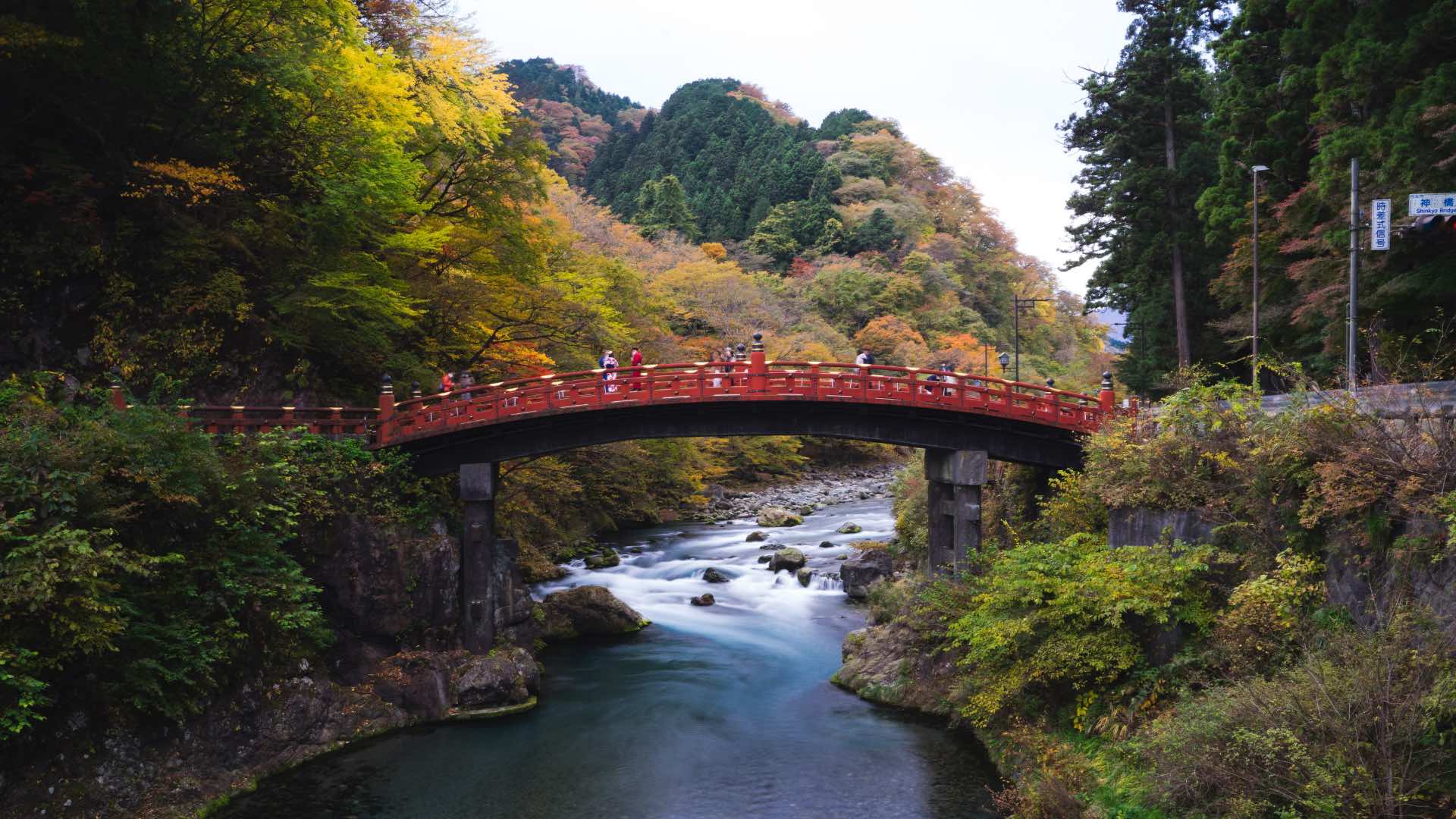
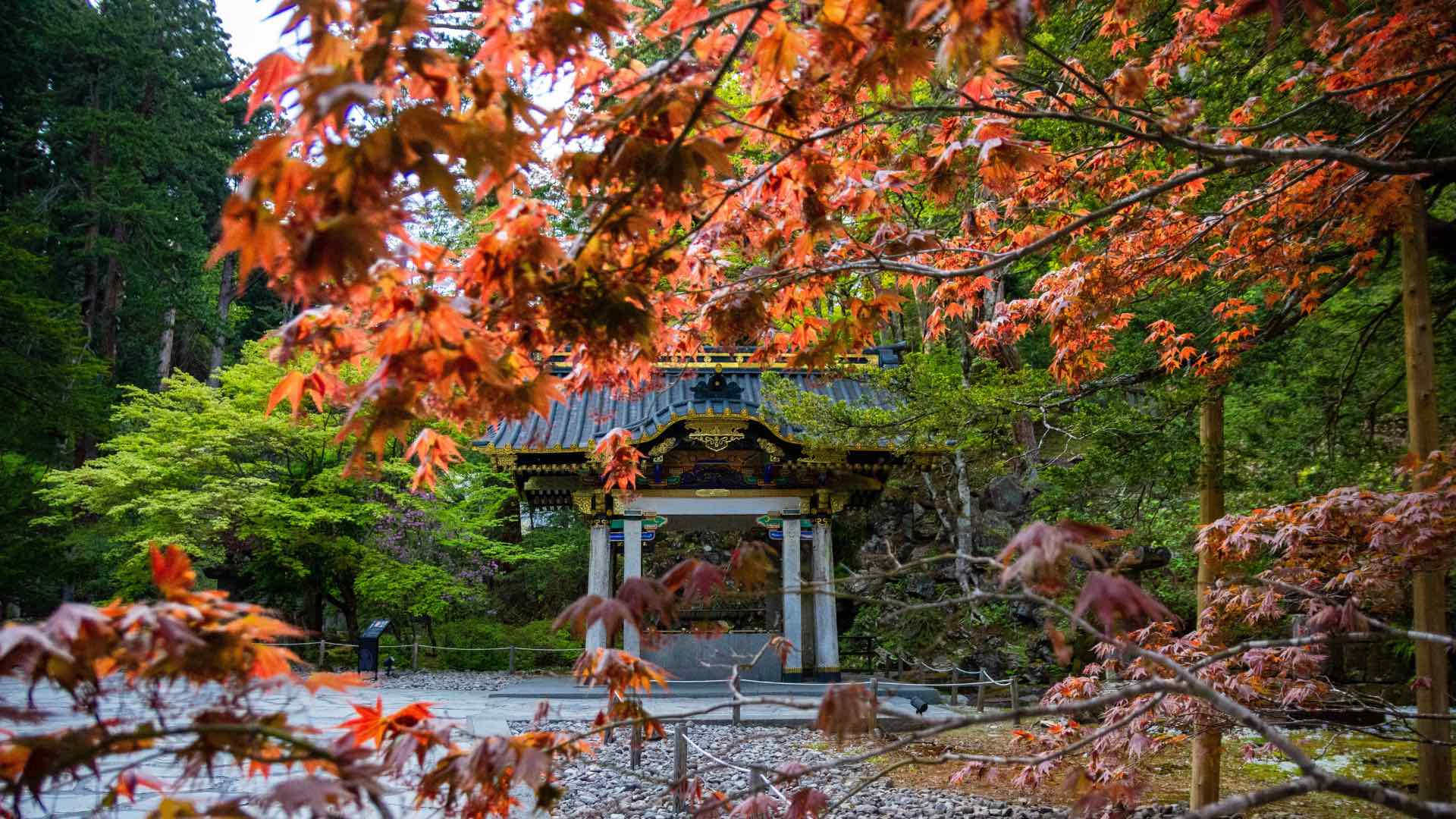
If you’re not one for climbing through the wilderness, Nikko in Tochigi Prefecture boasts the ideal combination of heritage and nature. There are 103 religious buildings that make up the world heritage-listed shrines and temples of Nikko scattered throughout Nikko National Park. The picturesque Shinkyo Bridge marks the entrance to the Nikko mountains and from there you can wander through the lush greenery to get to the eighth-century Futarasan Shrine. Deeper into the national park is Lake Chuzenji, which is especially stunning when the foliage begins to change, and the spectacular Kegon Falls. After a day of hiking or boating, unwind at one of the many onsens around town.
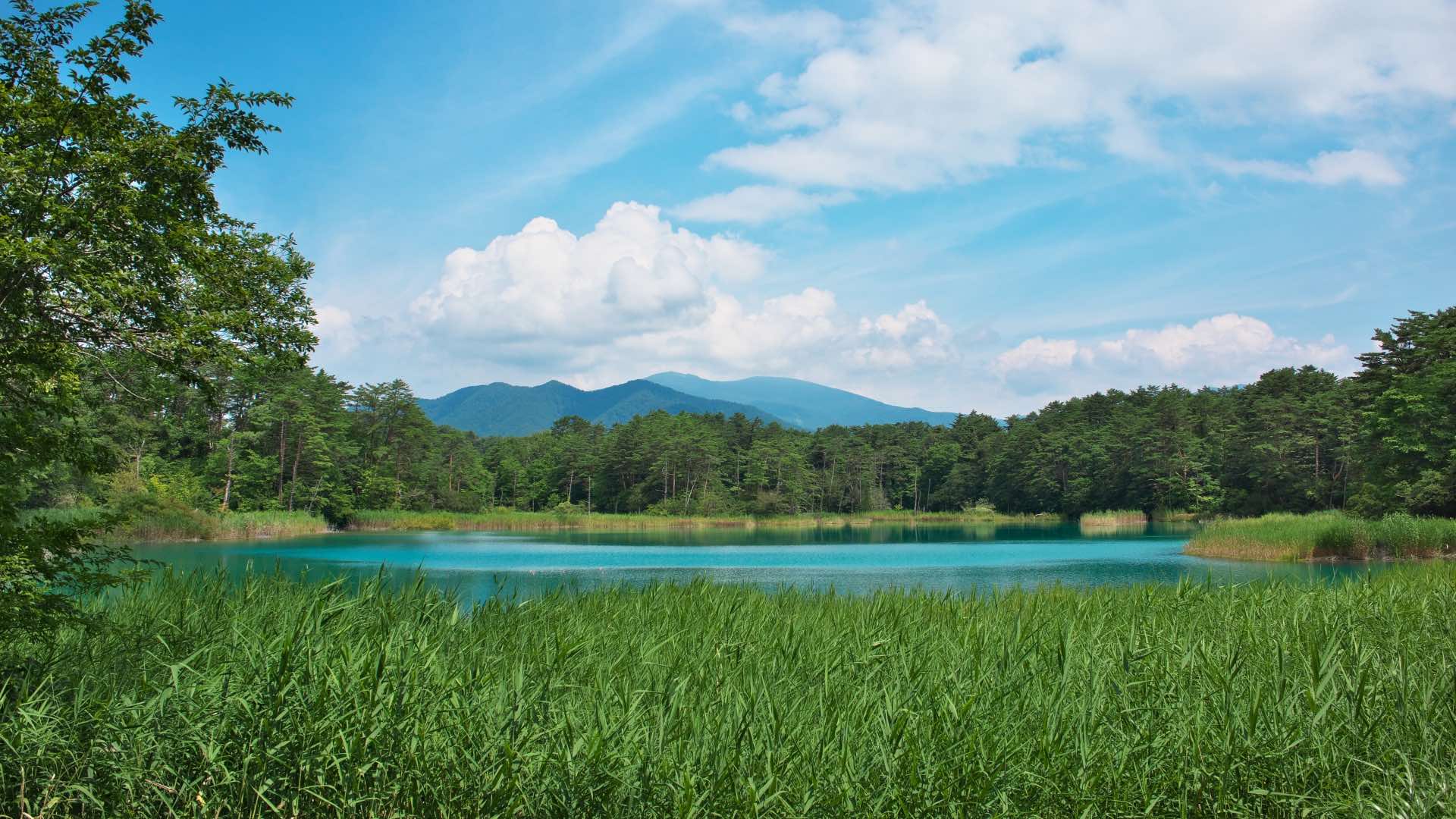
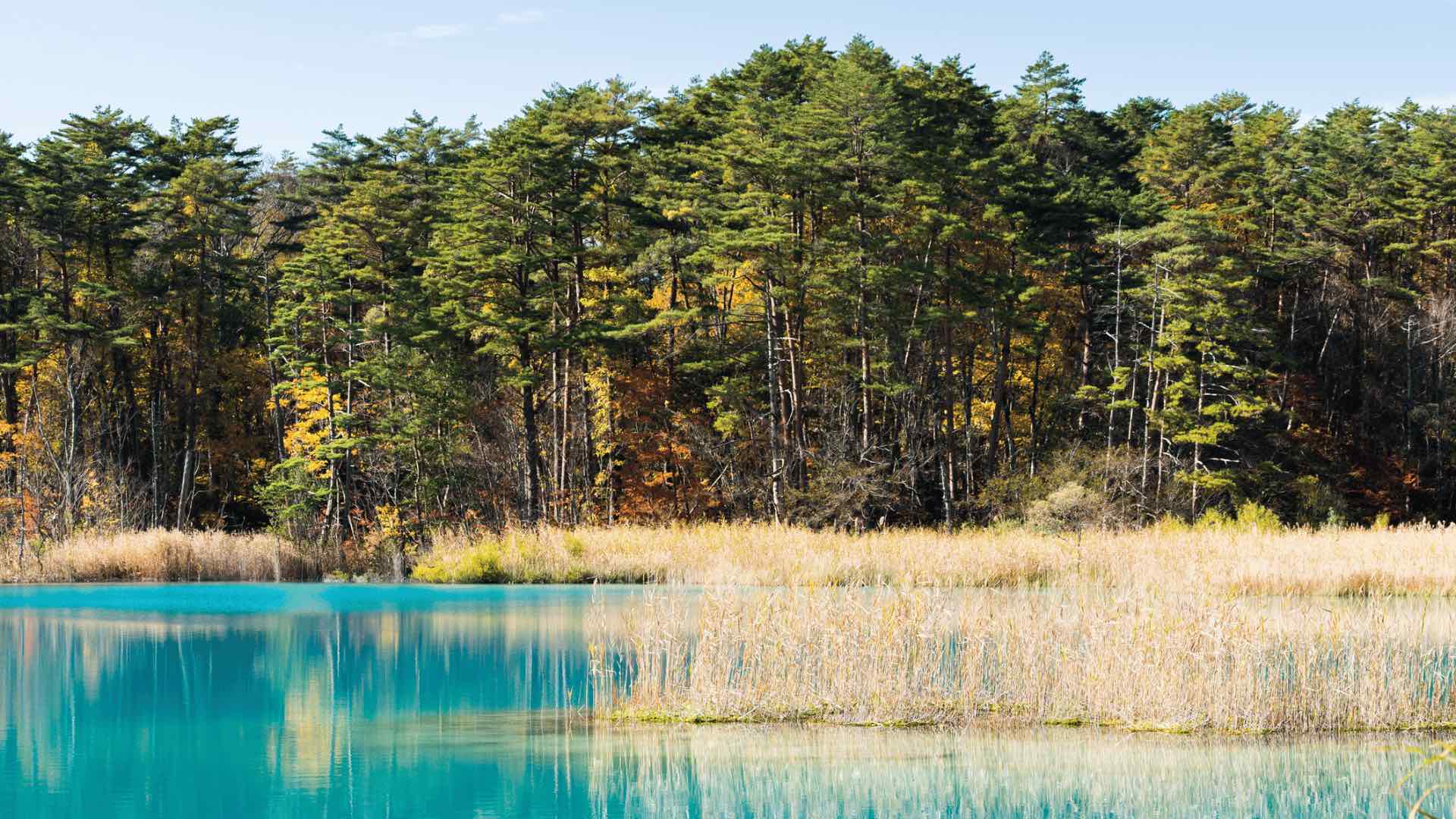
For more waterside adventures, head to the Goshikinuma Ponds in the Urabandai region of Fukushima Prefecture. The volcanic lakes appear as different shades of blue depending on the time of day and season, so you can return time and time again without getting bored of the view. The red foliage contrasted with the varying shades of blue is simply a chef’s kiss of a view, which you can enjoy on a leisurely hike or from a rowboat on Bishamon-numa.
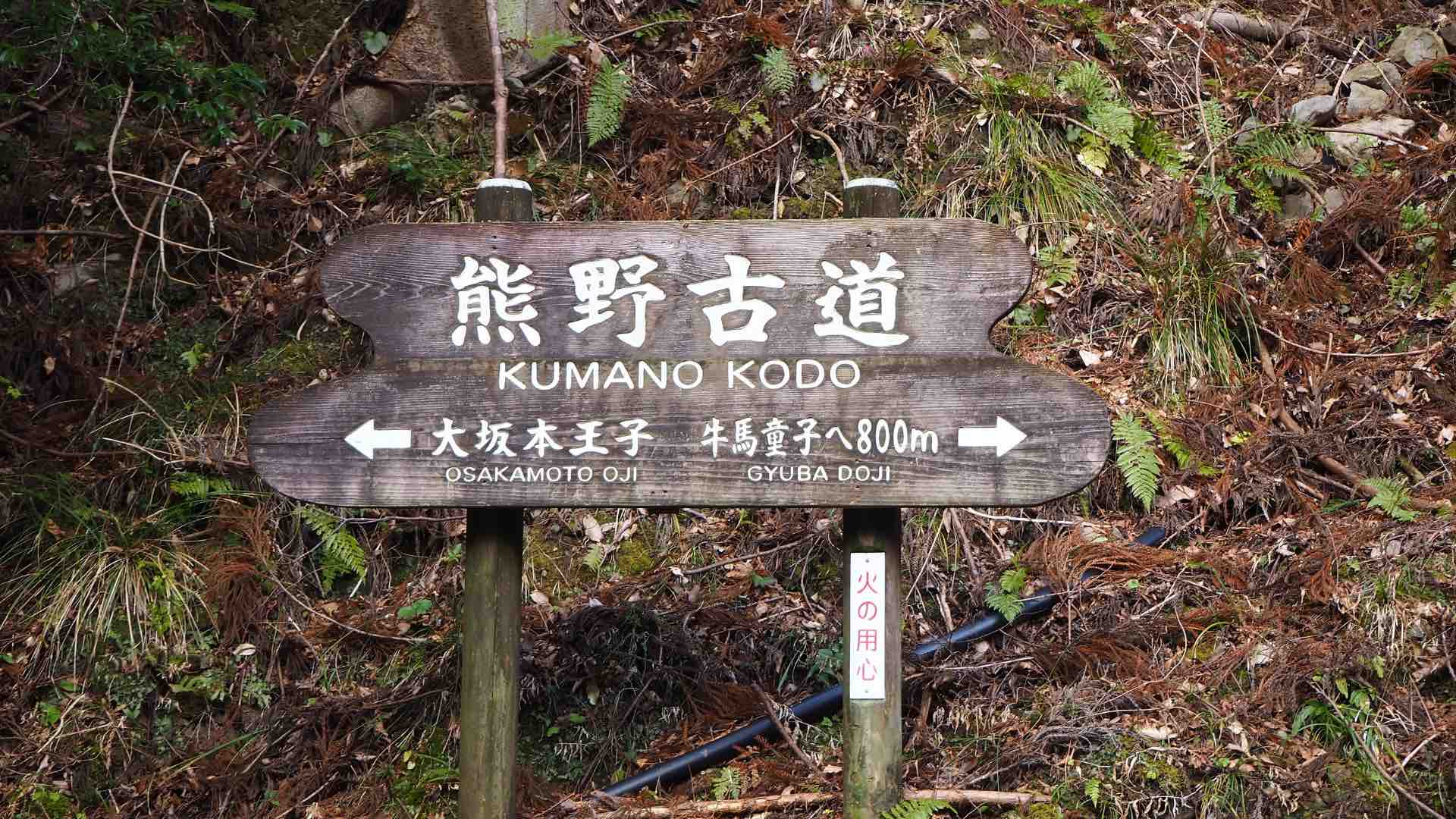
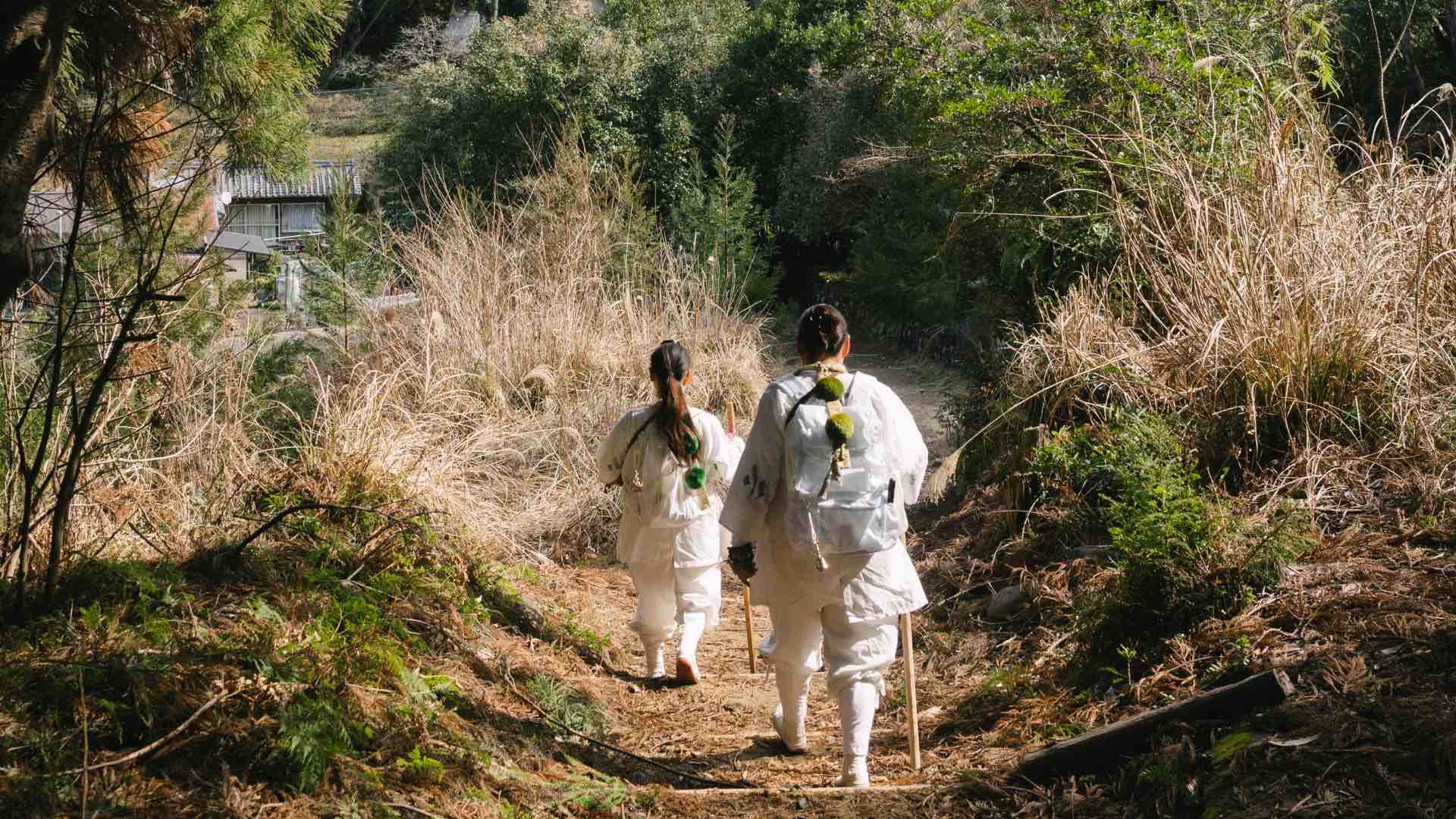
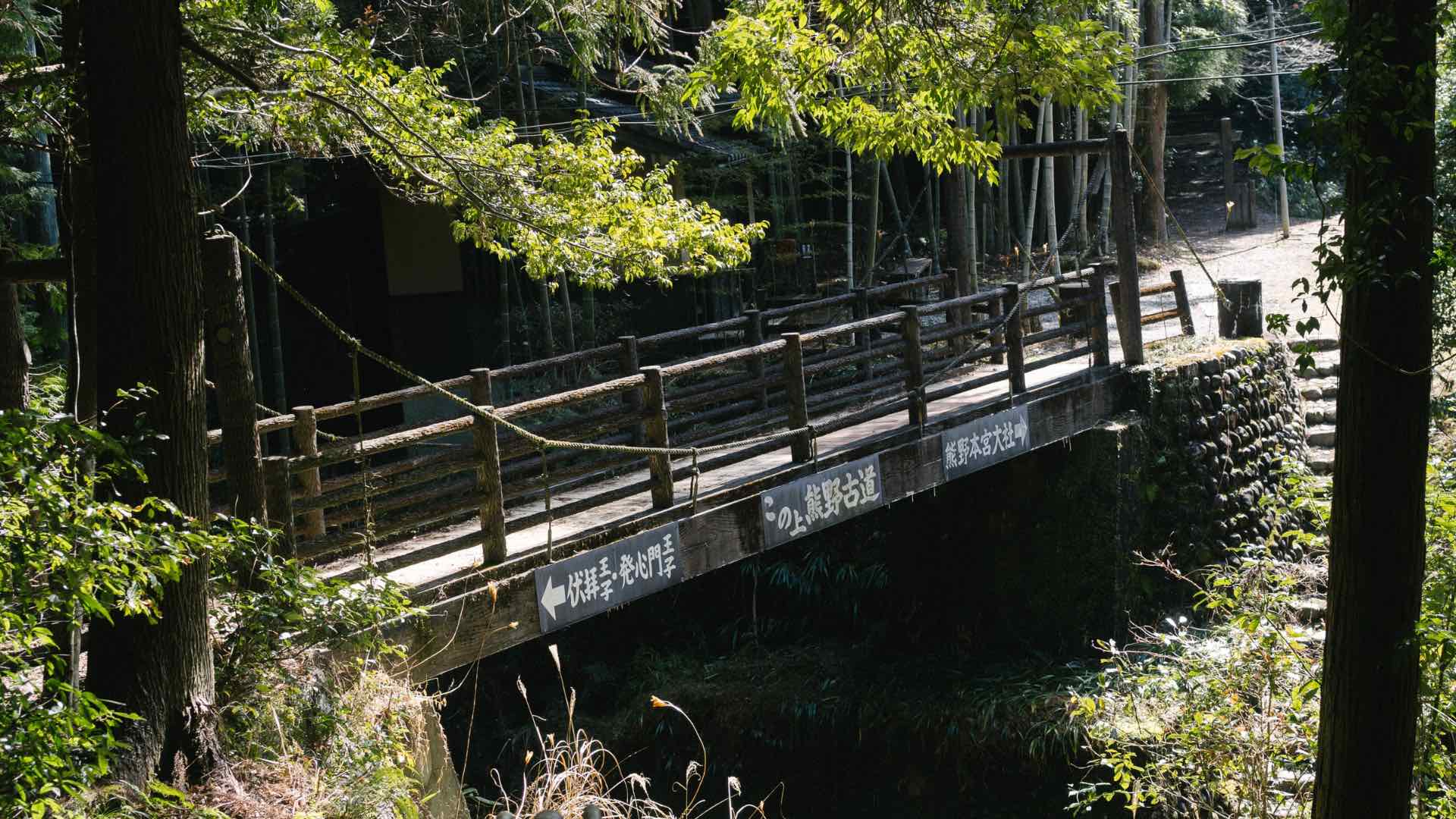

A more serious trek is the famed Kumano Kodo through Wakayama, Nara and Mie Prefectures. Over 1000 years old, the heritage-listed site is made up of five main pilgrimage trails that converge at the Kumano Hongu Taisha shrine in the Kii Mountains. There’s no designated order, so you can choose your own adventure and start point. The Ohechi Route offers views of the ocean, while the Iseji Route will take you through bamboo forests and rice fields. The Nakahechi Route is the most popular, while the Kohechi Route includes steep climbs through remote areas. But whatever way you choose, it’s all worth it for the sweeping views of the warm-hued Japanese countryside.

Winter
Winter is generally considered a sleepier season, but not in Japan. Smaller cities become abuzz with visitors who can’t wait to try out the country’s renowned slopes and test out the magical healing powers of the hot springs.

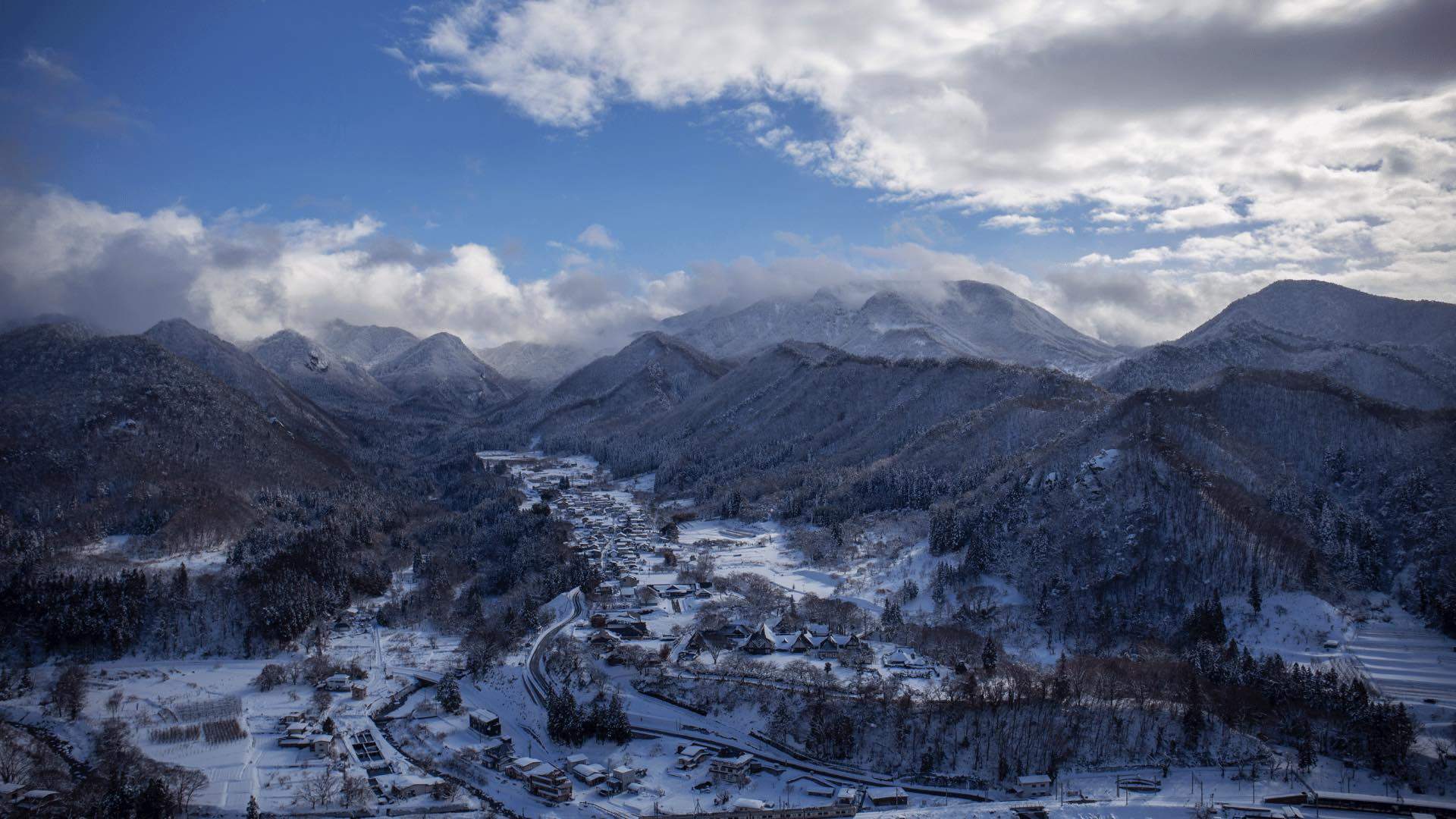

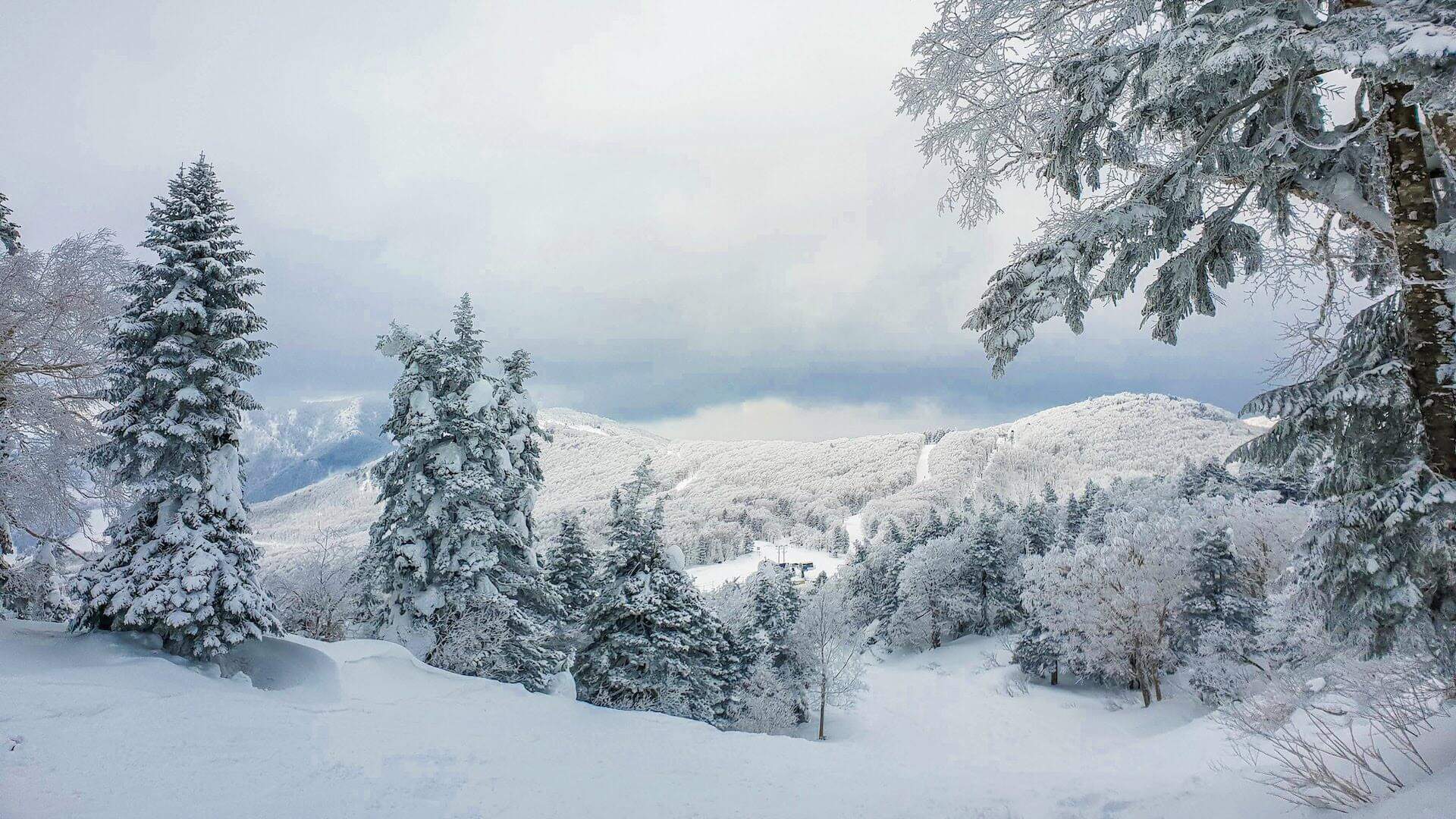
A short three hours from Tokyo is Mt Zao in Yamagata Prefecture — one of the nation’s oldest ski spots. While known for its fresh powder and variety of 14 slopes — the longest run is ten kilometres — the resort is also famed for its snow monsters, which are formed when snow and ice cling to the trees along the mountain. Head there in February or March to see the most impressive creatures. Off the slopes, soak in the history of the traditional town (literally) at one of the several onsen baths, which are said to date back more than 1900 years.
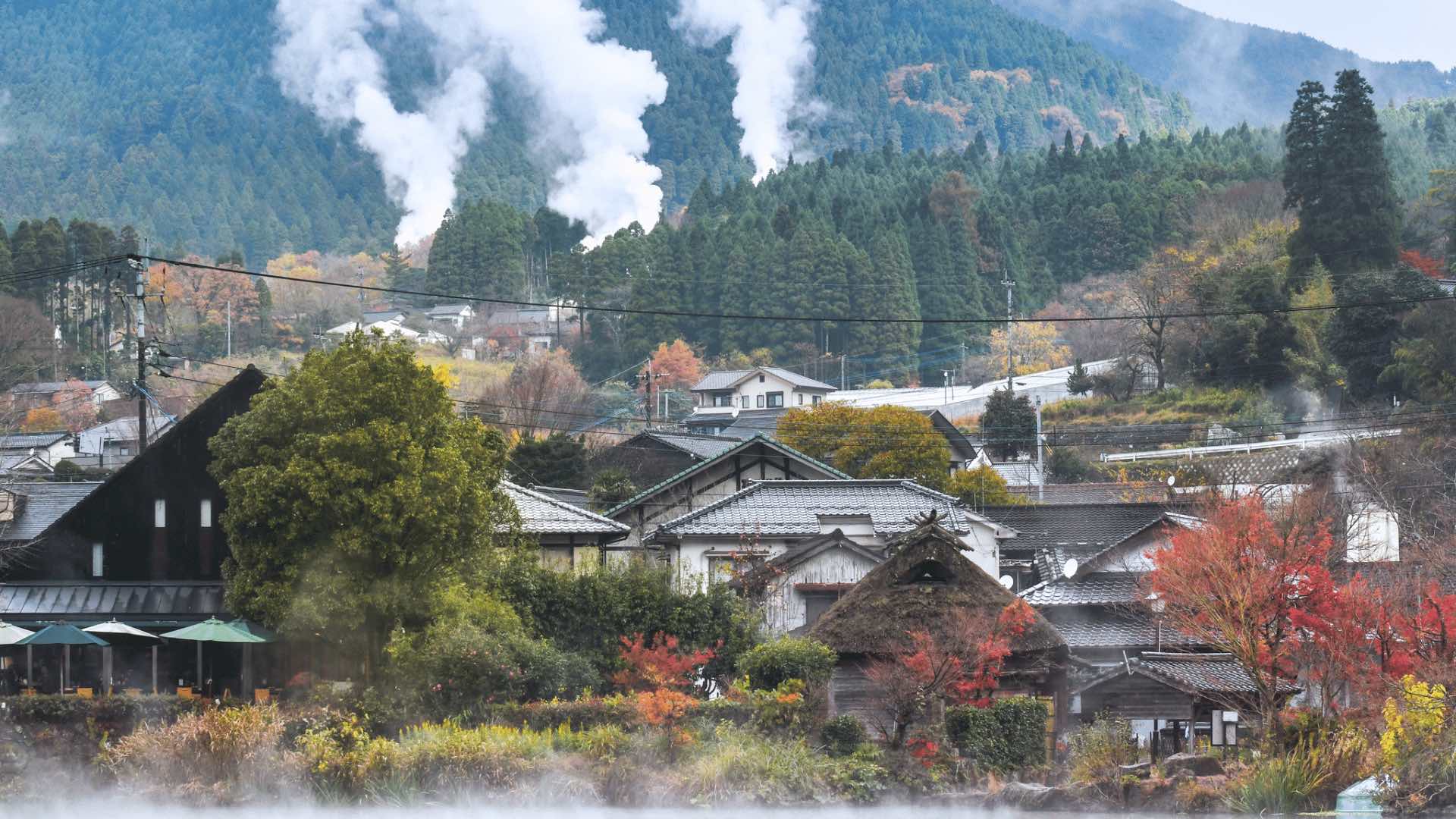

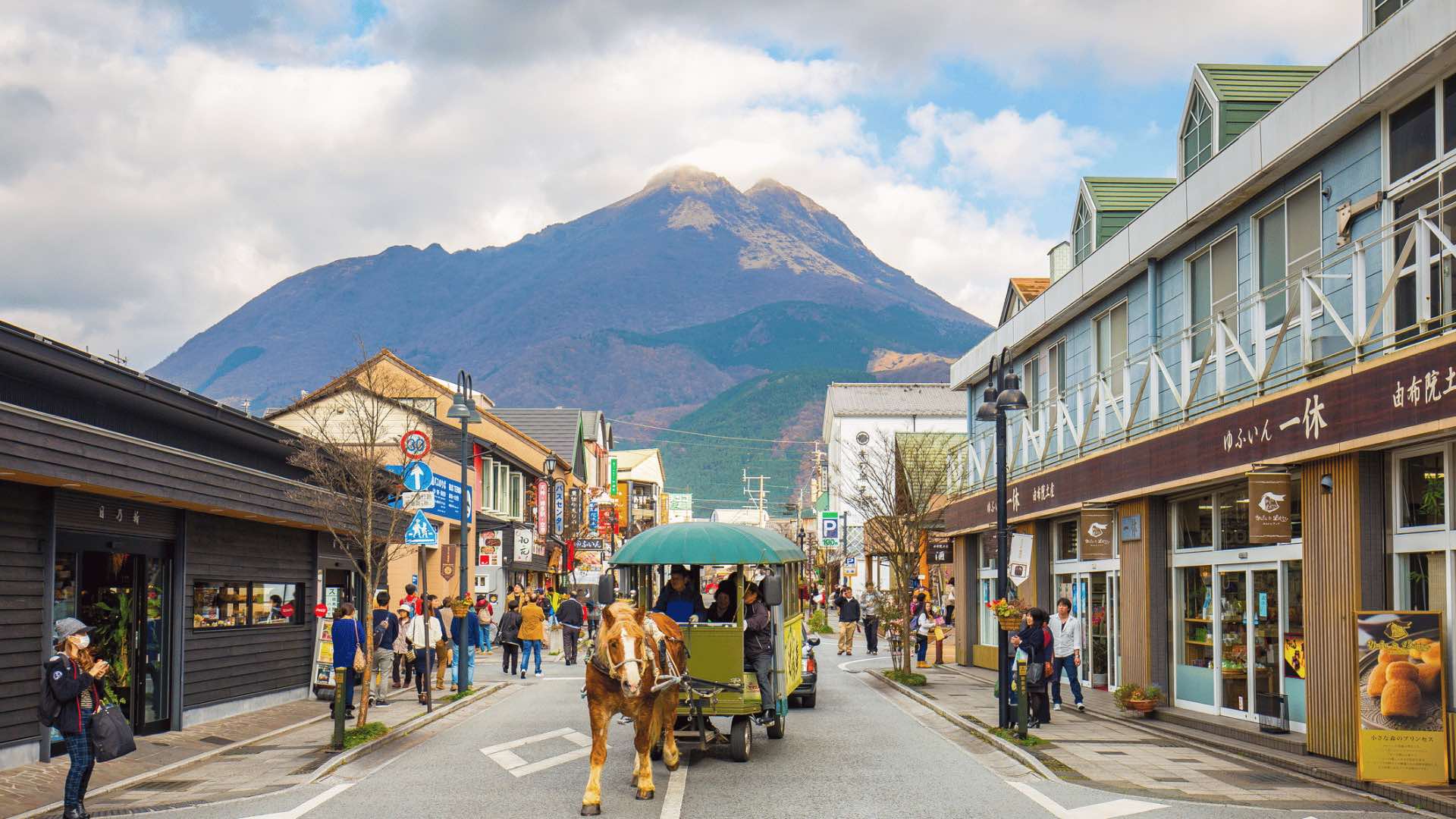
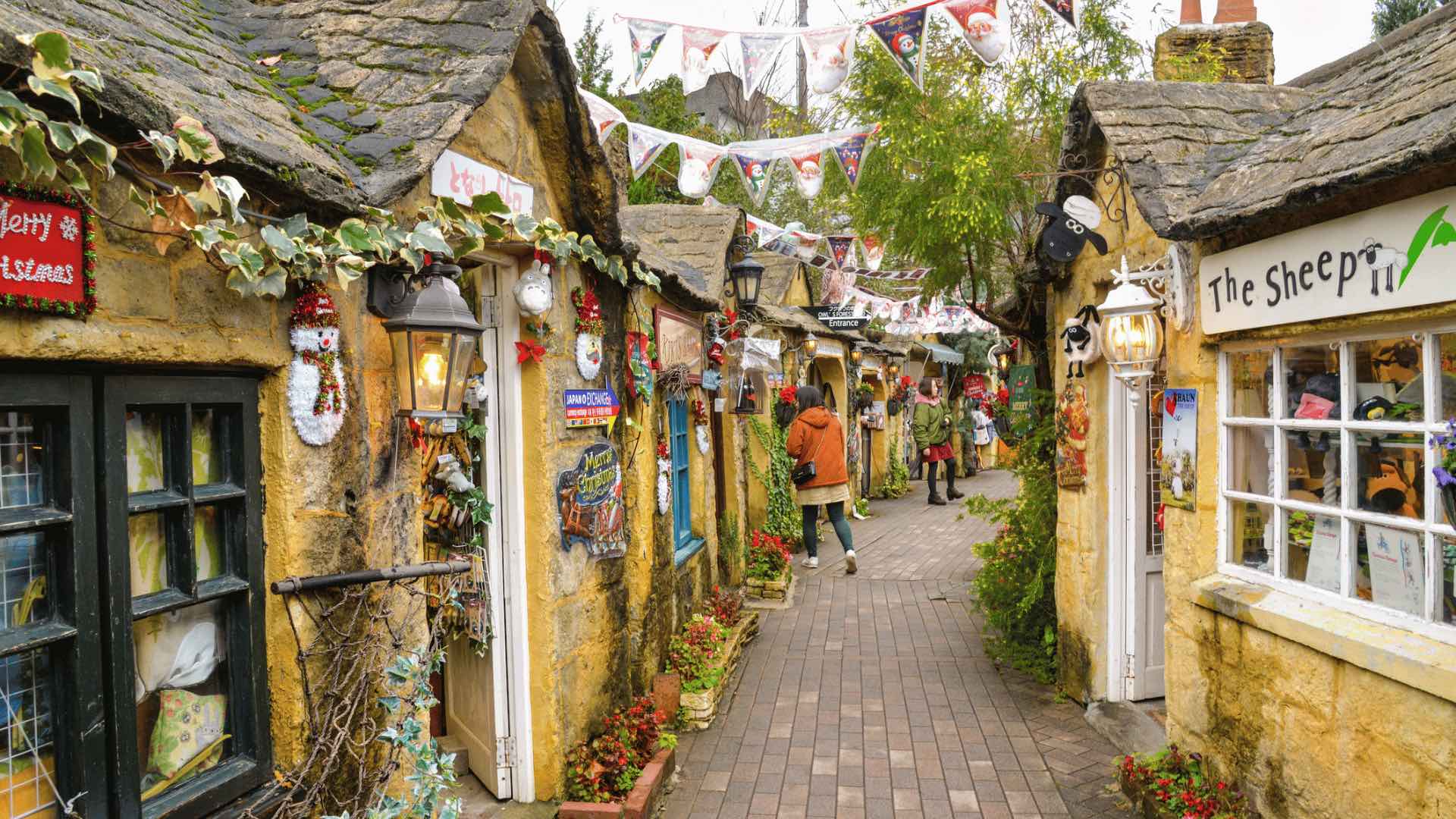
Speaking of onsen, Oita Prefecture’s Yufuin is another cosy city known for its medicinal hot springs. Some of the baths date back to the eighth century and are believed to help treat arthritis, nerve pain, muscle aches and skin conditions. Along the picturesque main street, set against the backdrop of soaring snow-capped mountains, small shops, restaurants and museums are worth exploring. For even more charm, visit the Yufuin Floral Village for a Ghibli-esque experience.
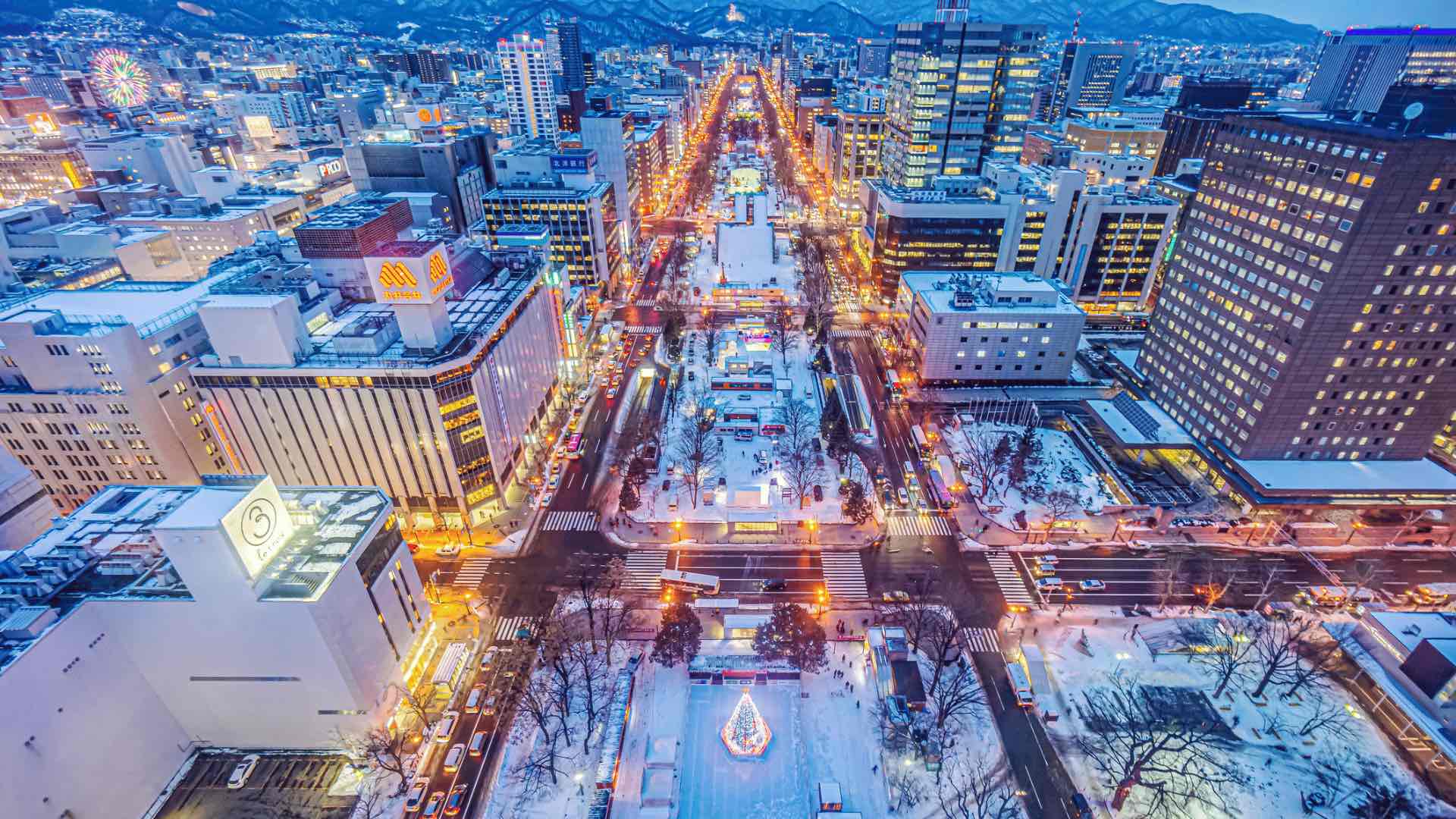
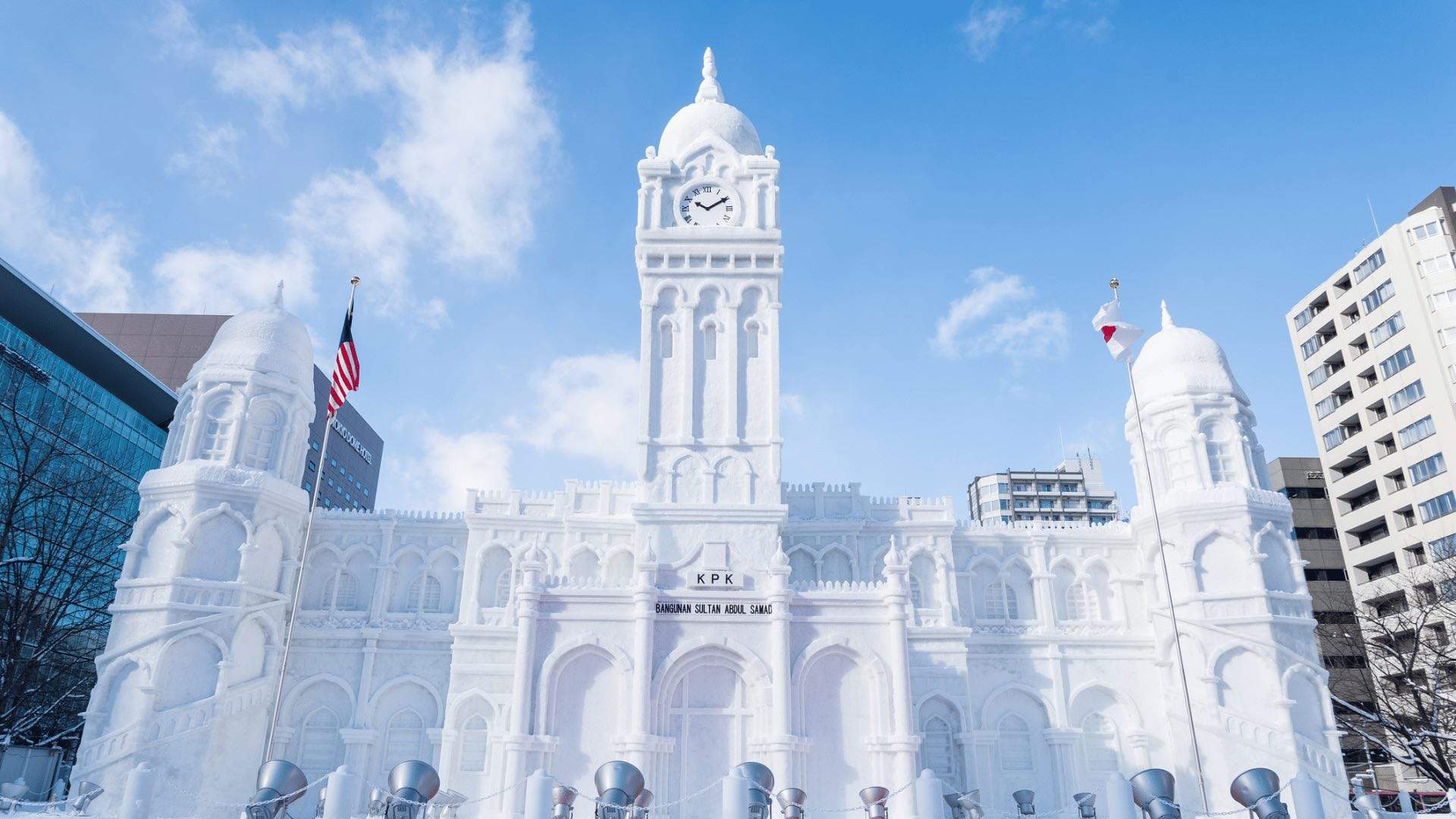

No winter guide would be complete without a mention of Hokkaido. The annual Sapporo Snow Festival is held over eight days in early February and sees the city taken over by impressive ice and snow sculptures — some of which can reach as high as 15 metres — along with snow slides and food stalls. And don’t miss trying some of Sapporo’s famous crab, which is especially delectable in winter. The next festival will be held from Sunday, February 4 to Sunday, February 11, 2024.
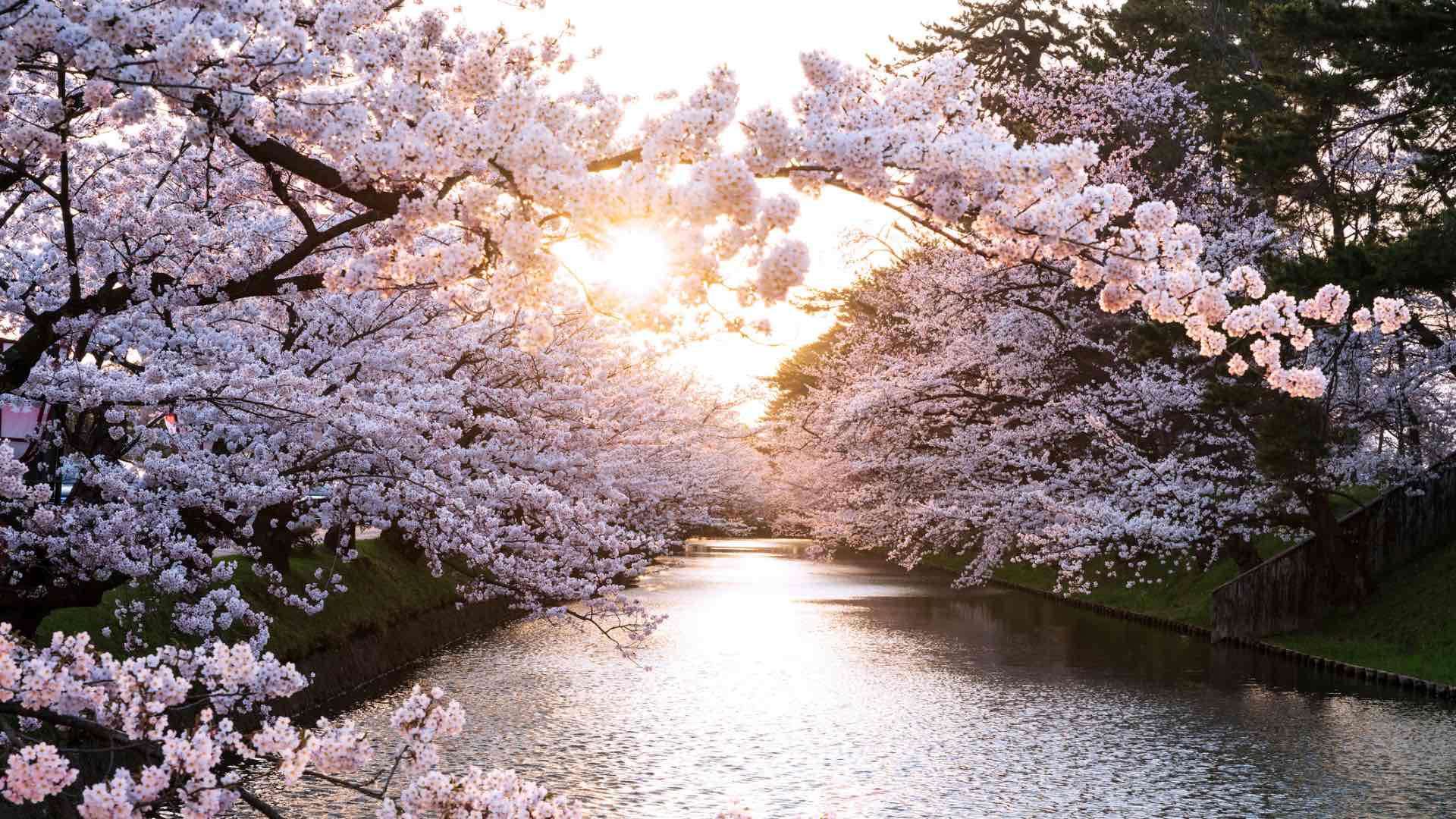
Spring
Spring means the best of both seasons. You can cling to the remnants of winter up north in places like the Japan Alps, and then also admire the famed cherry blossoms around the country.
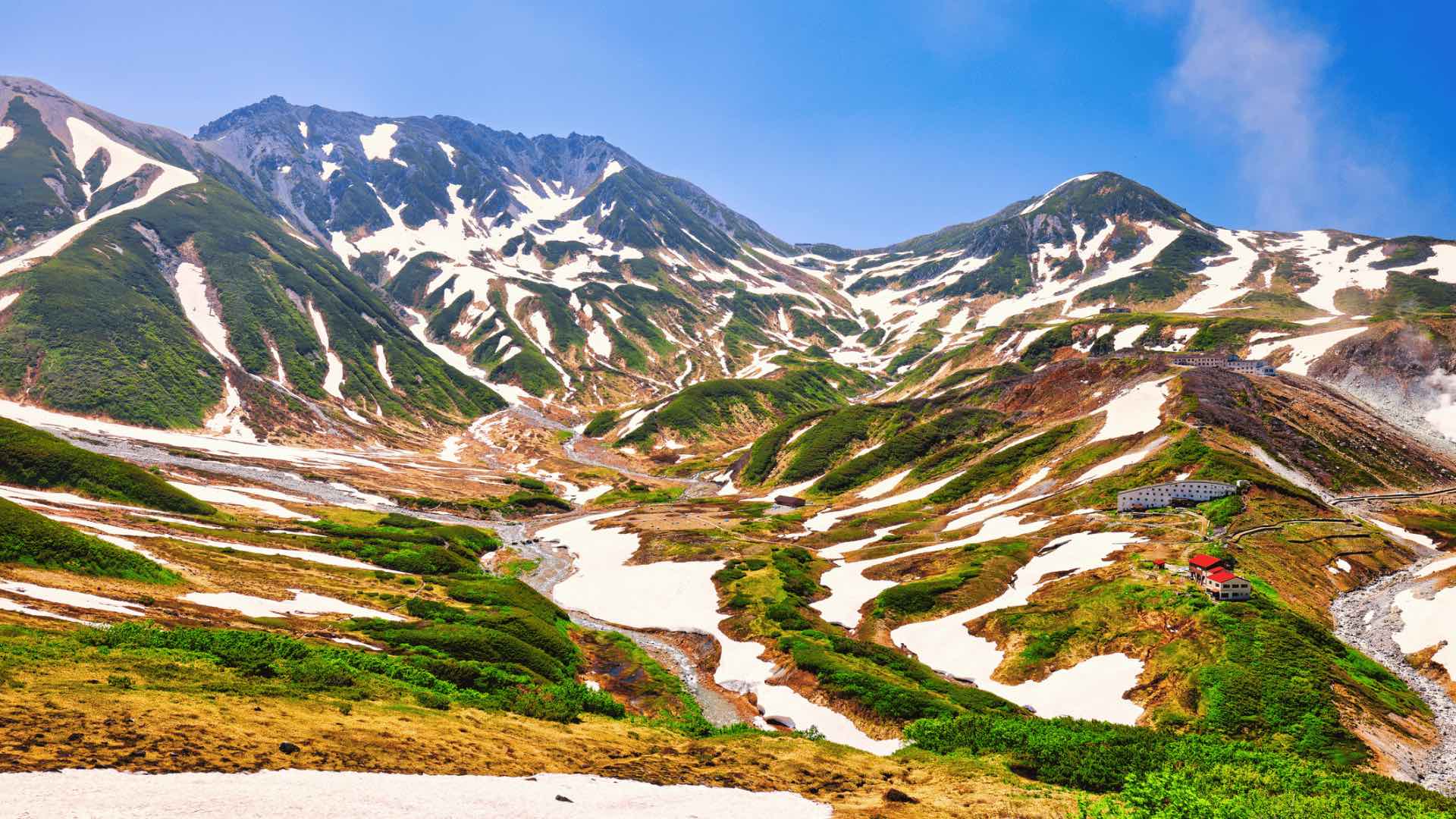
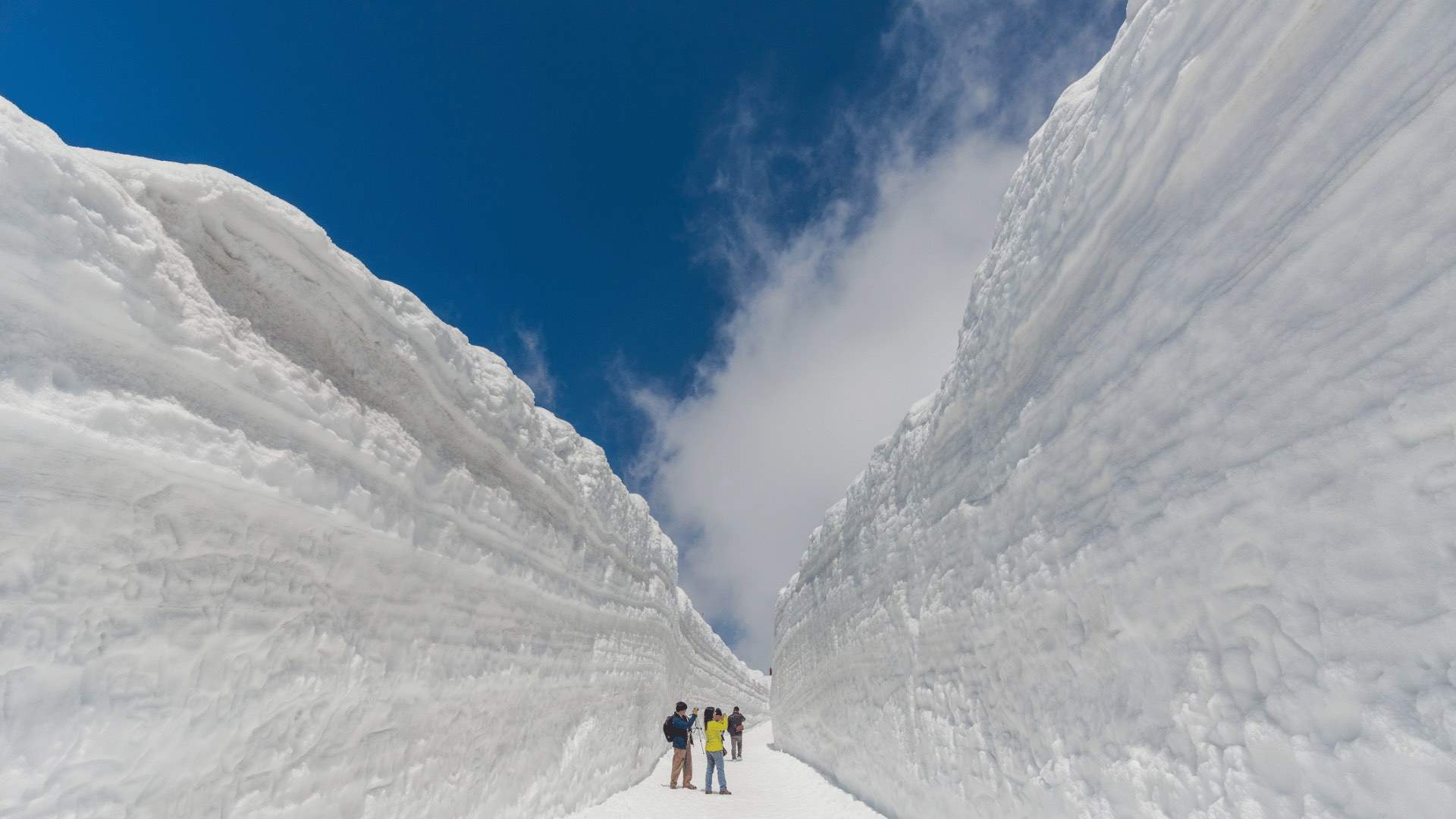
If warmer weather isn’t your thing, head to the northern Japan Alps for the Tateyama Kurobe Alpine Route. Open from April to November, the trail takes you from Toyama City in Toyama Prefecture to Omachi in Nagano Prefecture — but don’t worry, it doesn’t involve any hiking, unless that’s what you’re after. Jump on a mix of buses and cable cars, and stop at notable sights such as the 20-metre-high Tateyama Snow Corridor, Japan’s tallest dam and Murodo, which sits 2450 metres above sea level. It can be done in a day, but there are also accommodation options along the route for those wanting to get their boots dirty.
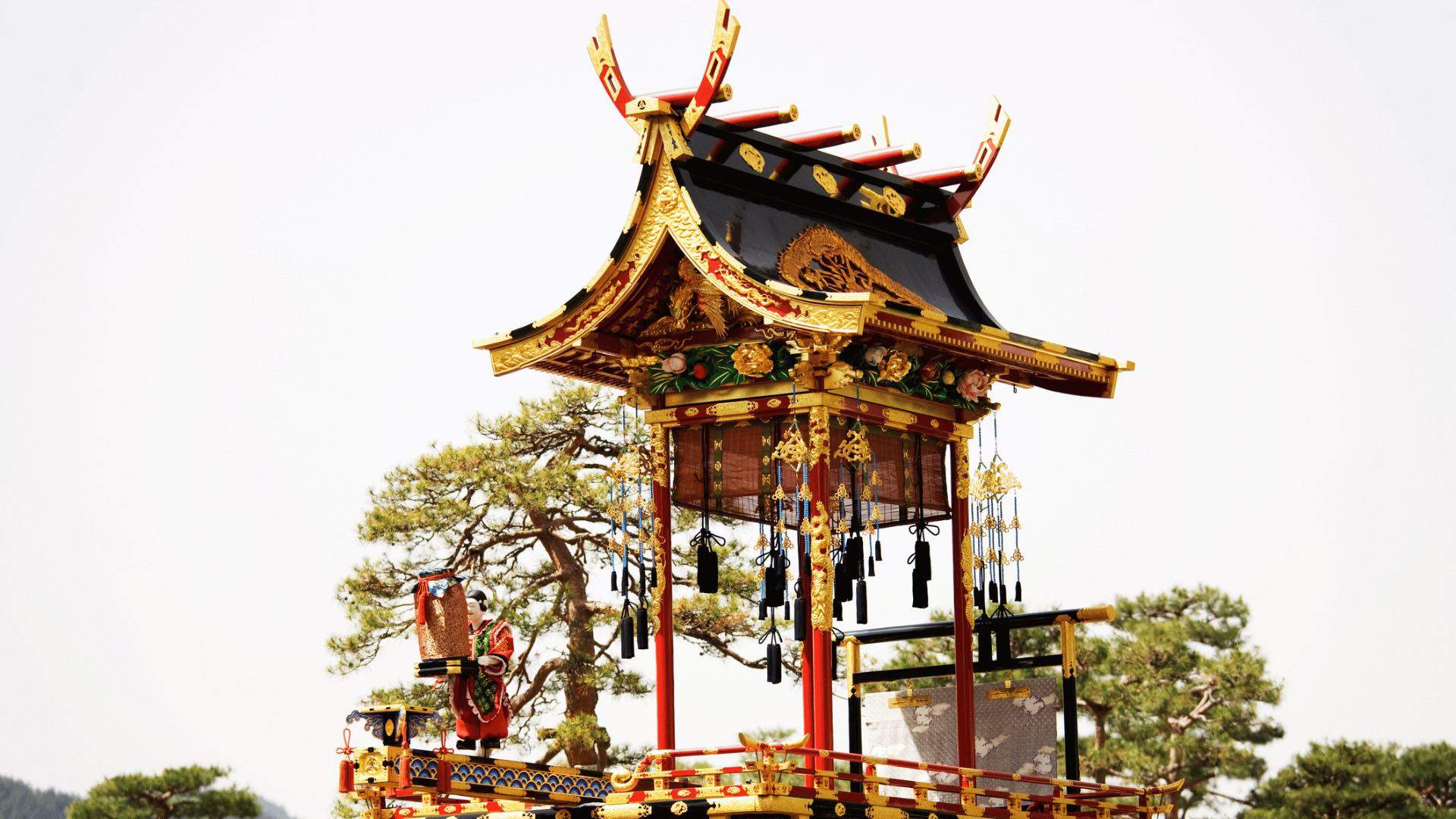
In April, large-scale floats will be carried through the city of Takayama in Gifu Prefecture for the annual Takayama Spring Festival. The UNESCO-listed event dates back about 400 years and is one of the most popular festivals in the country. The colourful yatai (floats) are carried through the streets from morning until late afternoon, before being decorated with lanterns for the night procession.


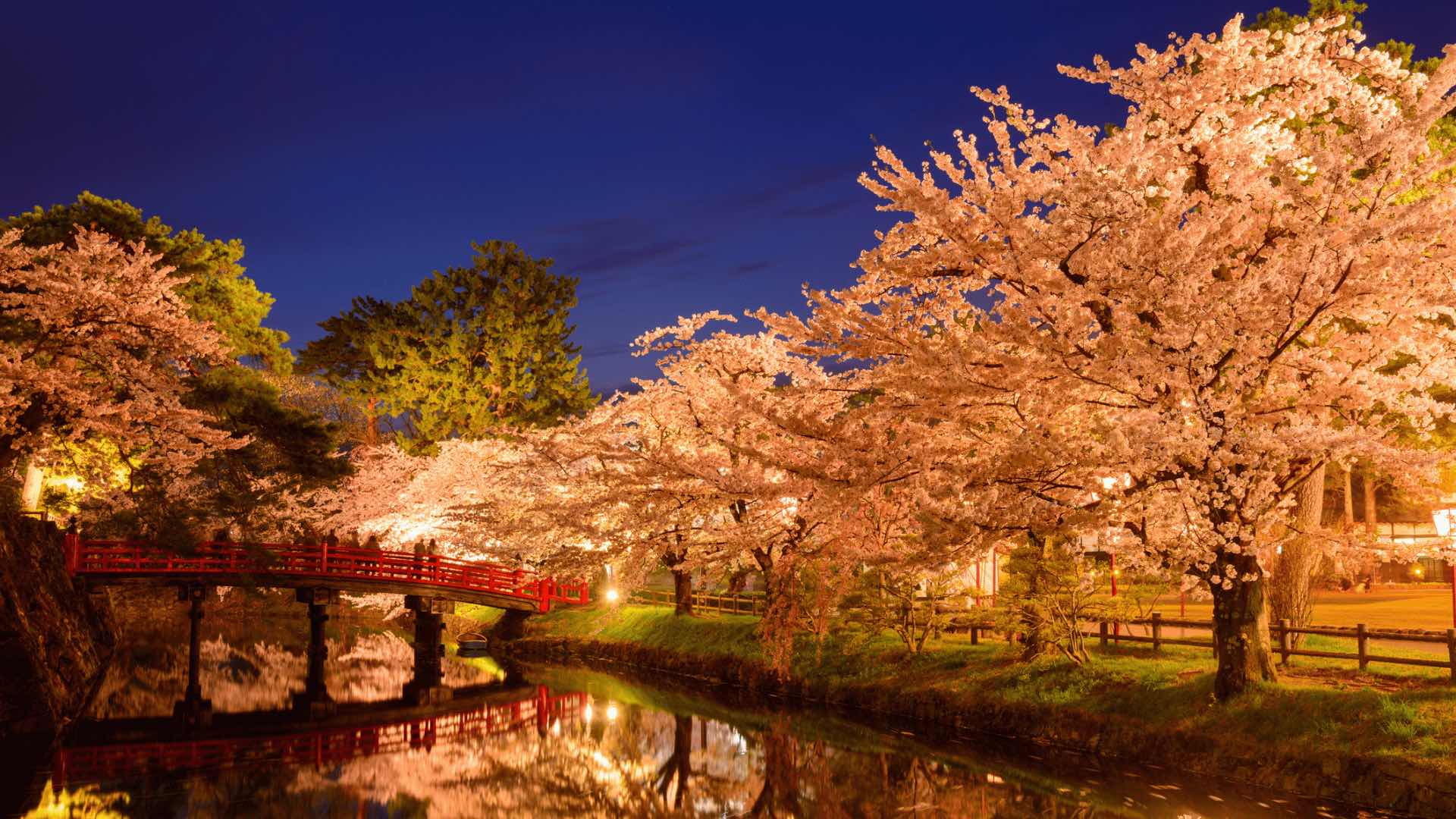

While cherry blossoms in spring may not be groundbreaking, they’re beloved for a reason. Do sakura season right at Hirosaki Park in Aomori Prefecture. From around early April, the park’s 2600 trees bloom with over 50 varieties of sakura. There are picnic areas, blossom-lined tunnels, rowboats for hire and petal-blanketed moats around the historic Hirosaki Castle. See the sakura in a different light at night, when the trees and castle are lit up. Keep a close eye on dates, as the cherry blossoms may bloom earlier depending on the weather.
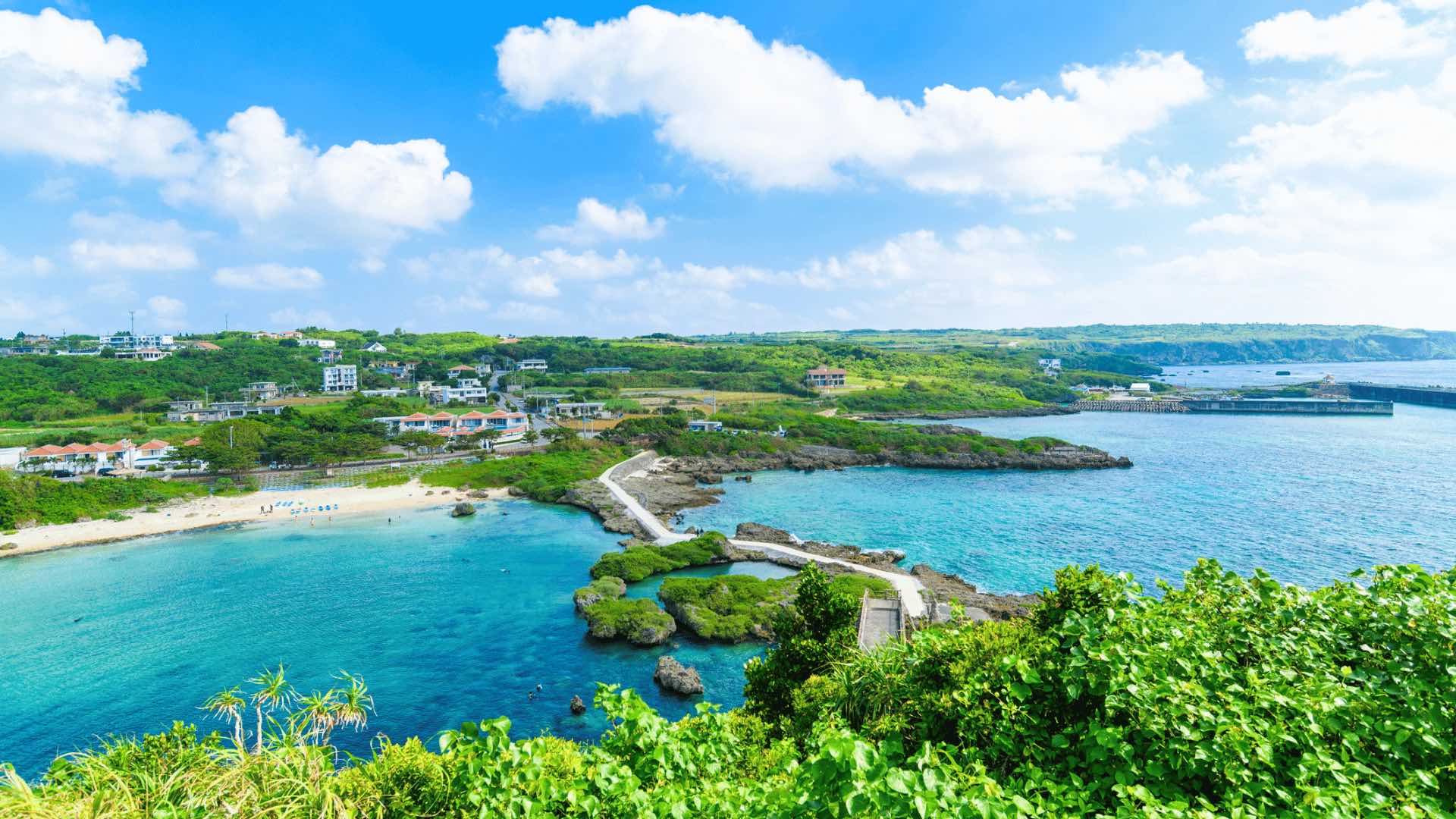
Summer
Summer in Japan goes off with a bang, and there’s no better way to experience it than by trading the humidity of the city for a breeze by the water. Kick off summer in true Japanese fashion at one of the nation’s famed fireworks festivals, which are most spectacular in smaller areas like Lake Biwa and Aomori City. Or you can head south for a tropical getaway in Okinawa.


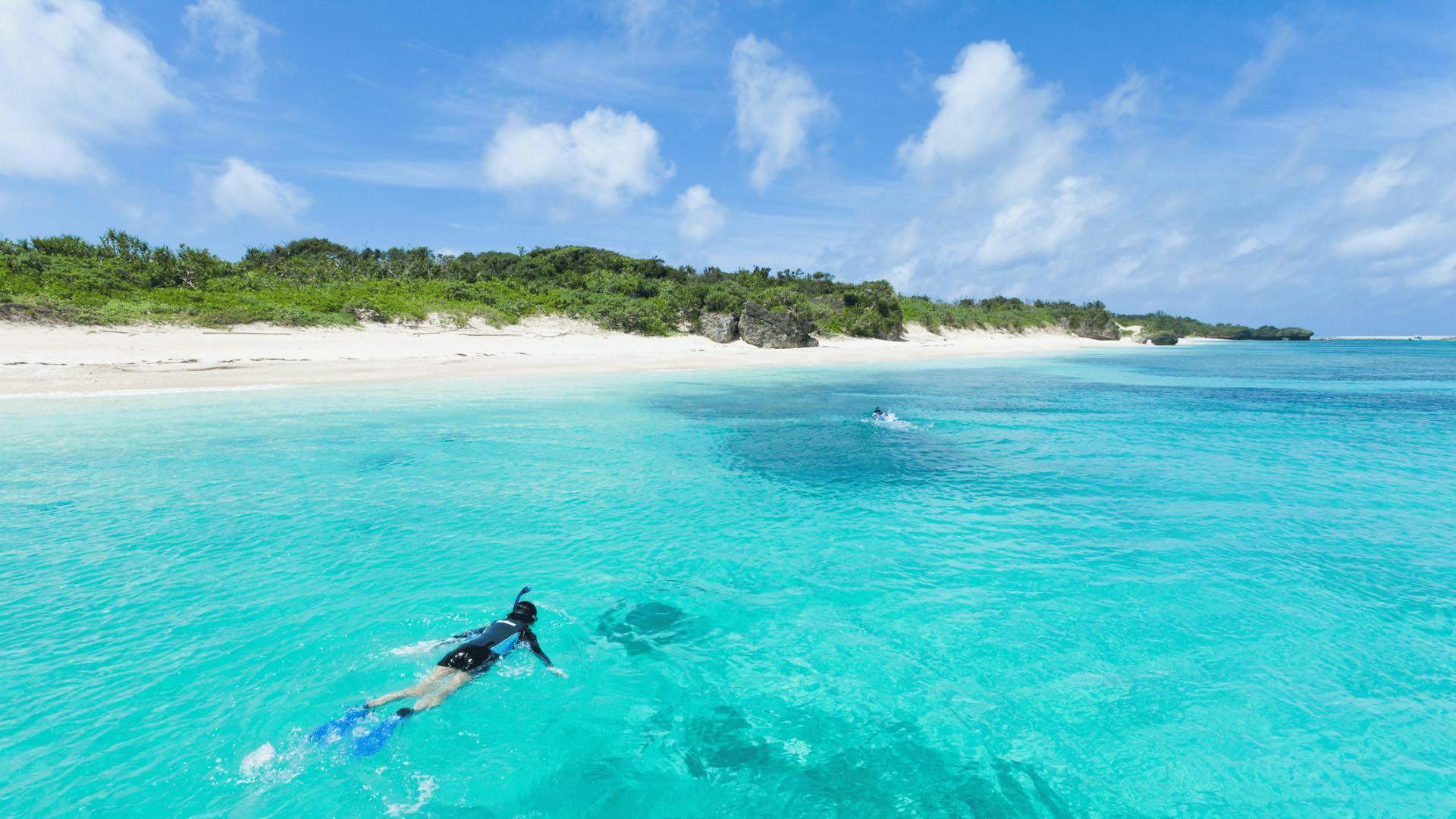
There are 160 small islands to explore in Okinawa. Go from diving with sea turtles and manta rays to chasing waterfalls in subtropical forests and roaming heritage-listed castles and ruins. Refuel after a day at the beach with some classic Okinawan specialities, like goya champuru (stir-fry with bitter melon), shaved ice with red bean and mochi balls, taco rice and spam onigiri, and wash it down with a glass of awamori liquor.



Dodge some of the heat at Lake Biwa — Japan’s largest lake and one of the oldest in the world. There are countless ways to enjoy the lake and its surrounds, from swimming and windsurfing to taking a cruise across the water or a cable car up a nearby mountain. The Biwaichi Cycling Route around the lake is a great option for beginners and avid riders alike. There are also temples, shrines and castles to explore nearby, including Shirahige Shrine and its stunning floating torii gate. For those lucky enough to be there in summer, don’t miss the huge fireworks festival over the water in August each year.




For even more spectacle, check out the Aomori Nebuta Matsuri in early August. The annual summer festival features huge floats constructed from washi paper that are lit from within. Musicians and dancers accompany the parade, while other events and food stalls are set up nearby. And what better way to farewell your summer in Japan than with a two-hour fireworks display on the last night of the festival.
For more information and travel inspiration, head to the Japan National Tourism Organization website.